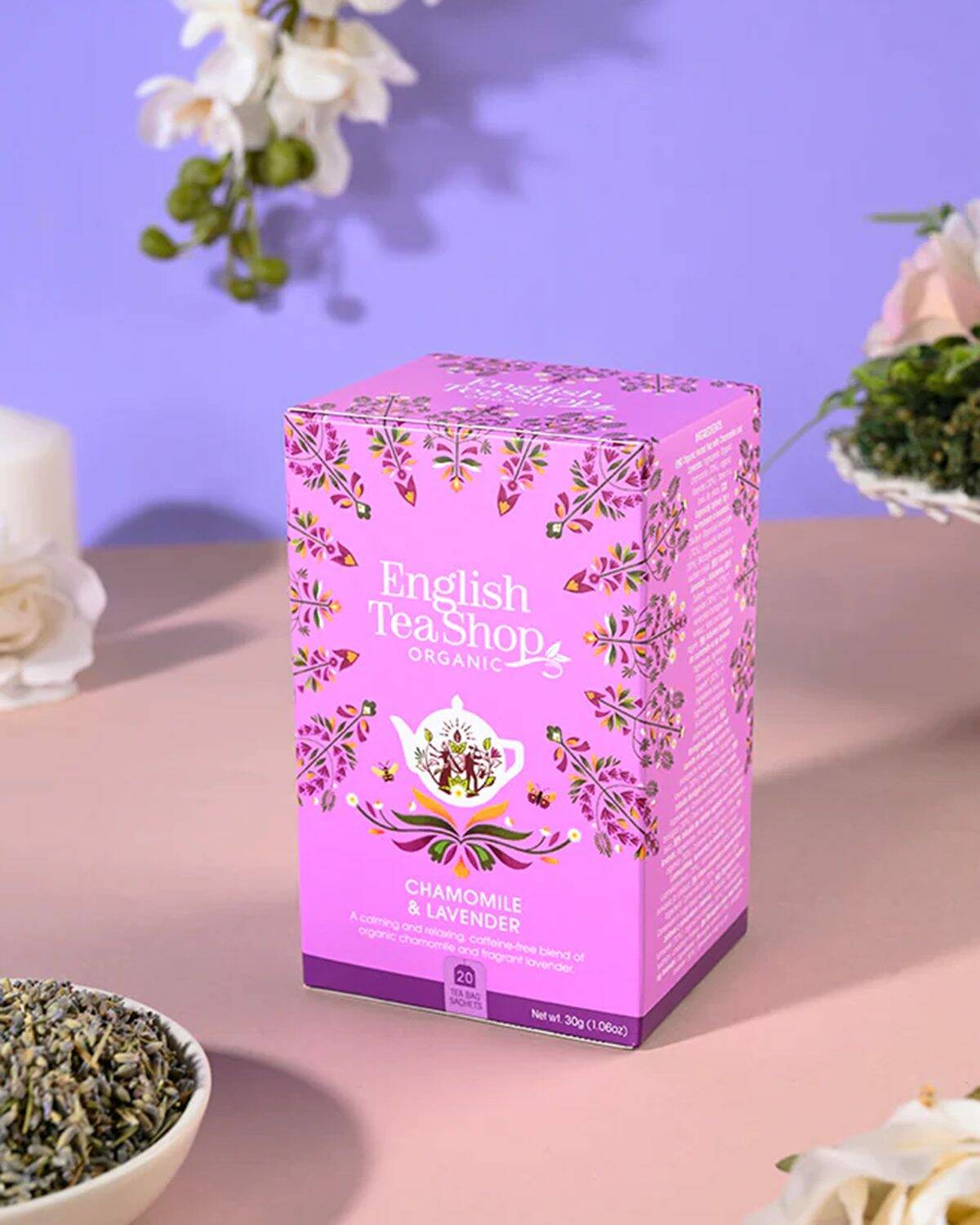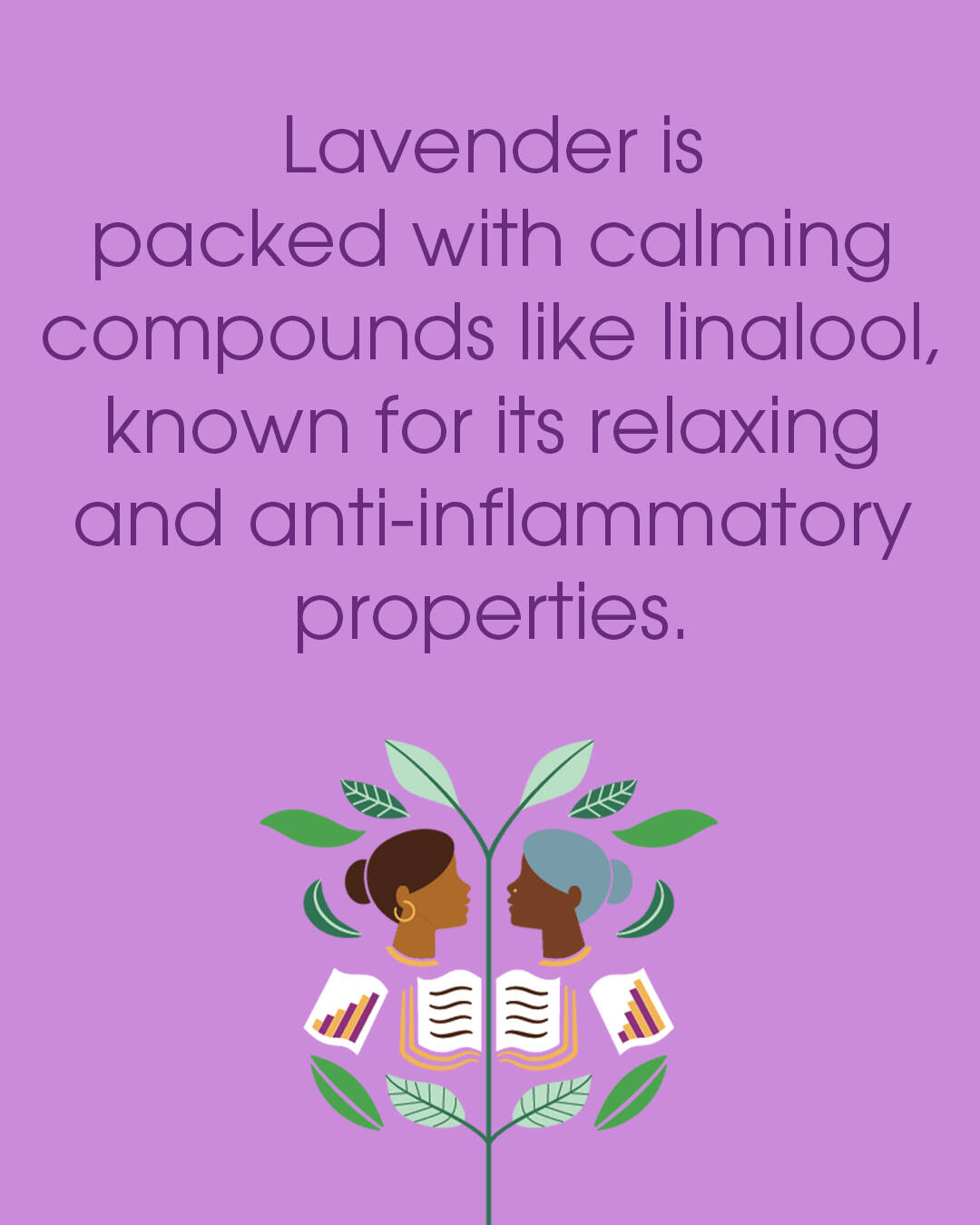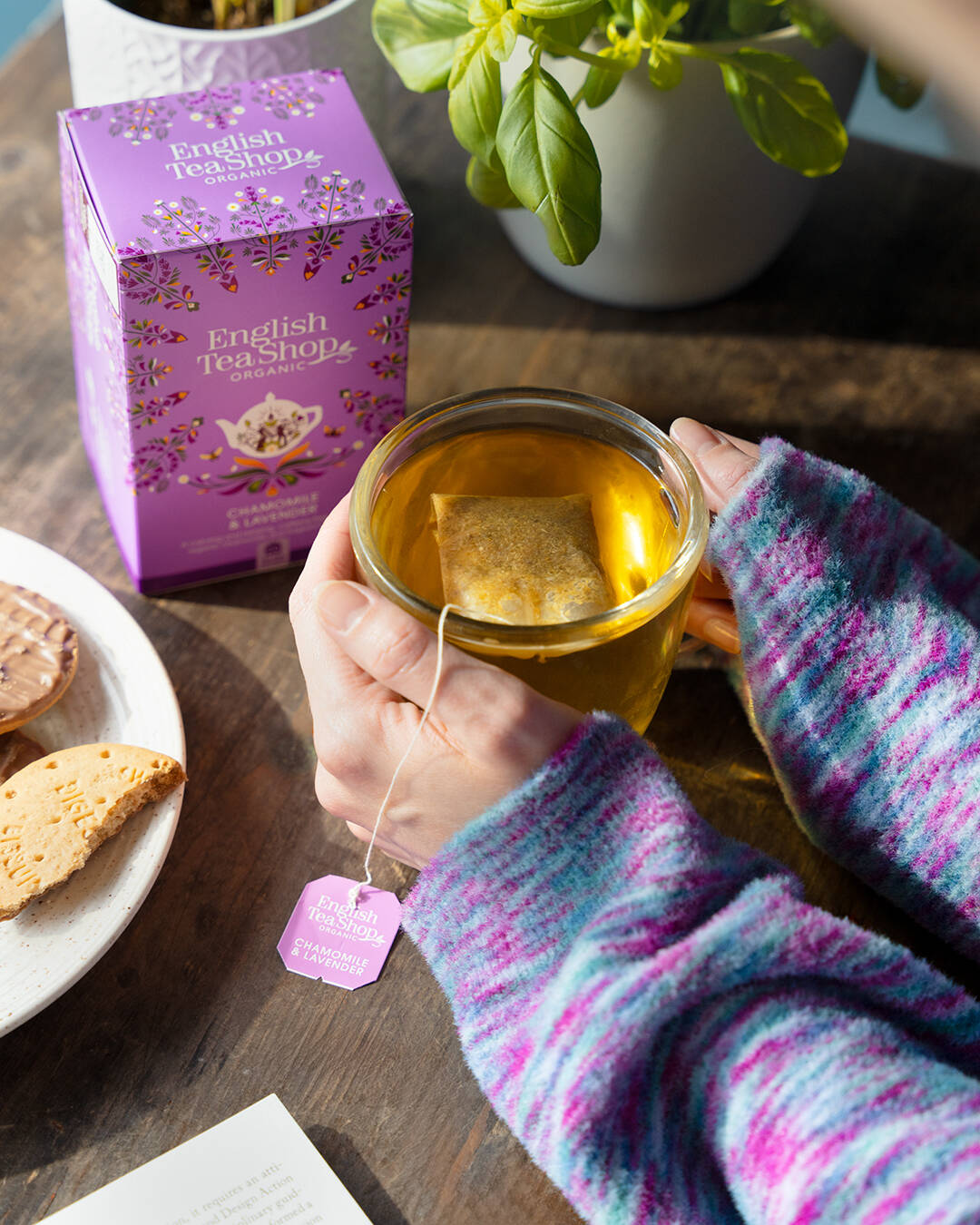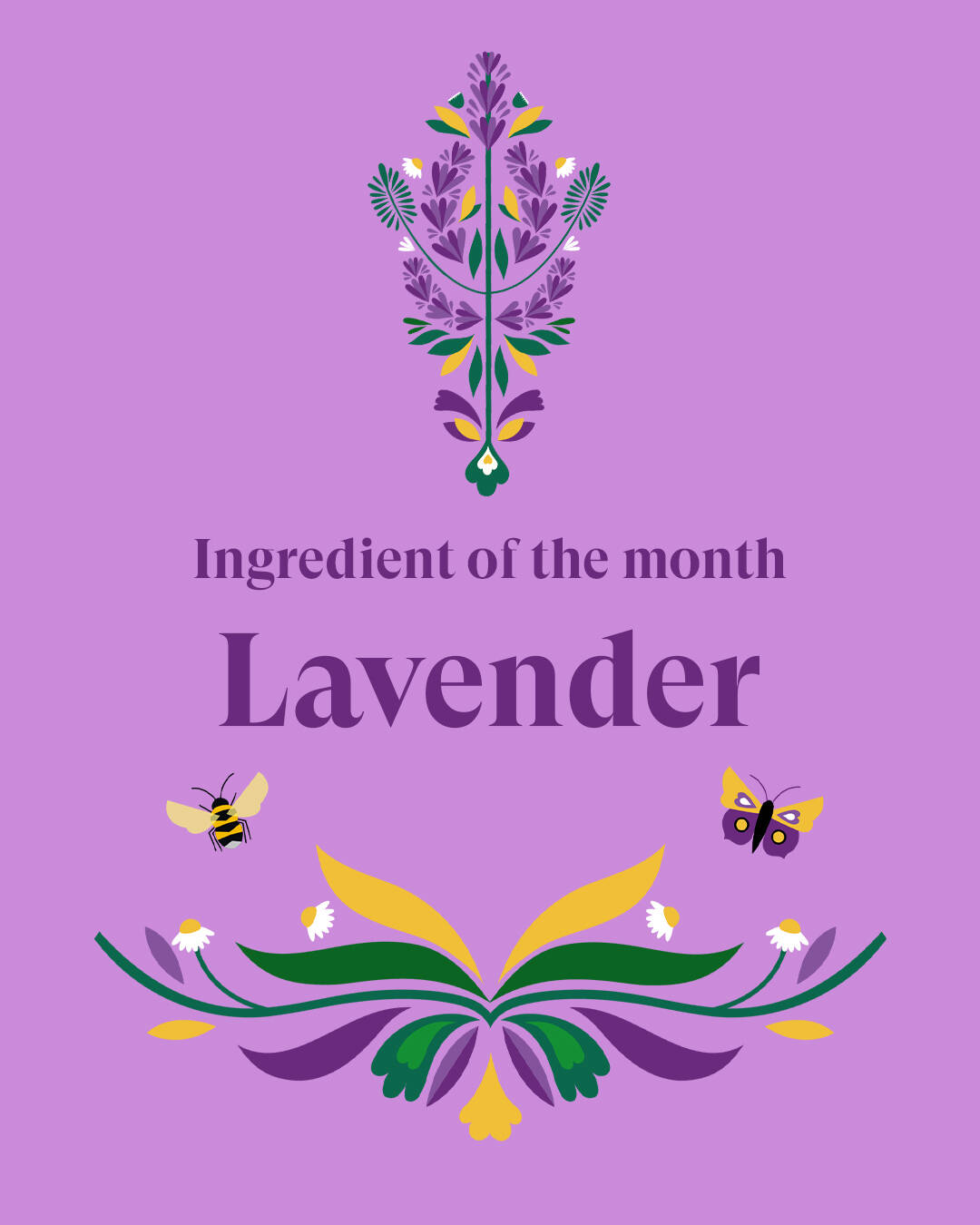From Instagram shots of rolling purple fields to sleep-inducing lace trimmed pillows, lavender is most associated with its soothing qualities. You’re bound to have enjoyed its fragrance, but did you also know you can drink it as a relaxing tea?
Lavender lowdown
Lavender is a woody stemmed, aromatic shrub with purple, blue, white, yellow or pink flowers. It is from the mint family (Lamiaceae) which means it’s also related to sage and rosemary.
There are as many as 50 species, many indigenous to the Mediterranean, with French and English among the most popular varieties.
We source the lavender for our tea from Albania where the temperate climate is just right for it to thrive.

Fragrance facts
Linalool is the chemical which gives lavender and other plants their pleasant fragrance and it’s found in multiple cleaning products.
Lavender essential oil, meanwhile, often fragrances soaps, creams and cosmetics.
Fresh lavender is often used as a draw liner or hung in wardrobes, where it may repel moths.
Health hero
Lavender’s use in relation to hygiene dates at least back to Roman times and its name is likely to have come from the Latin verb lavare, meaning ‘to wash’.
In aromatherapy, lavender essential oil is burned to relieve stress.
Due to its antiseptic and anti-inflammatory properties, the oil has been used to treat superficial burns and soothe mild headaches. It is also believed to speed the healing of minor cuts and grazes and reduce spots.
Pure lavender essential oil is also popular as a natural insect repellent (though it should not be relied on against disease carrying mosquitos).

Did you know?
Lavender has long been popular with royalty. Britain’s Queen Elizabeth I carried it as a fragrance, and in the belief it could help ward off the plague, while Queen Victoria had lavender jelly rather than traditional mint with roast lamb.
In France, meanwhile, perfume fan King Louis XIV was said to have taken lavender baths at Versailles.
From the early 20th century, lavender was associated with the LGBT+ community. Originally ‘the lavender set’ was used as a derogatory term, but the colour and flower were reclaimed as symbols of empowerment.
Foodie favourite
Lavender honey is produced by bees which visit the flowers.
Lavender is also used to flavour sweet treats, particularly shortbread, cakes and biscuits. You may even have seen small sprigs as a garnish on cupcakes.
Our Chamomile & Lavender tea

We’ve made our lavender-based tea extra soothing by teaming it with chamomile. In fact, these relaxation-inducing organic flowers are the sole contents of our Chamomile & Lavender tea bags, which come in pretty purple boxes.
As you’d expect, this naturally caffeine-free blend has a wonderful floral fragrance and a mellow taste. There are also healthy herbal notes.
It’s perfect for regaining your balance at the end of a stressful day or to help you wind down for a restful sleep.
Of course, it’s extra relaxing to know that, as with all English Tea Shop products, our Chamomile & Lavender tea bags are carbon neutral certified.
